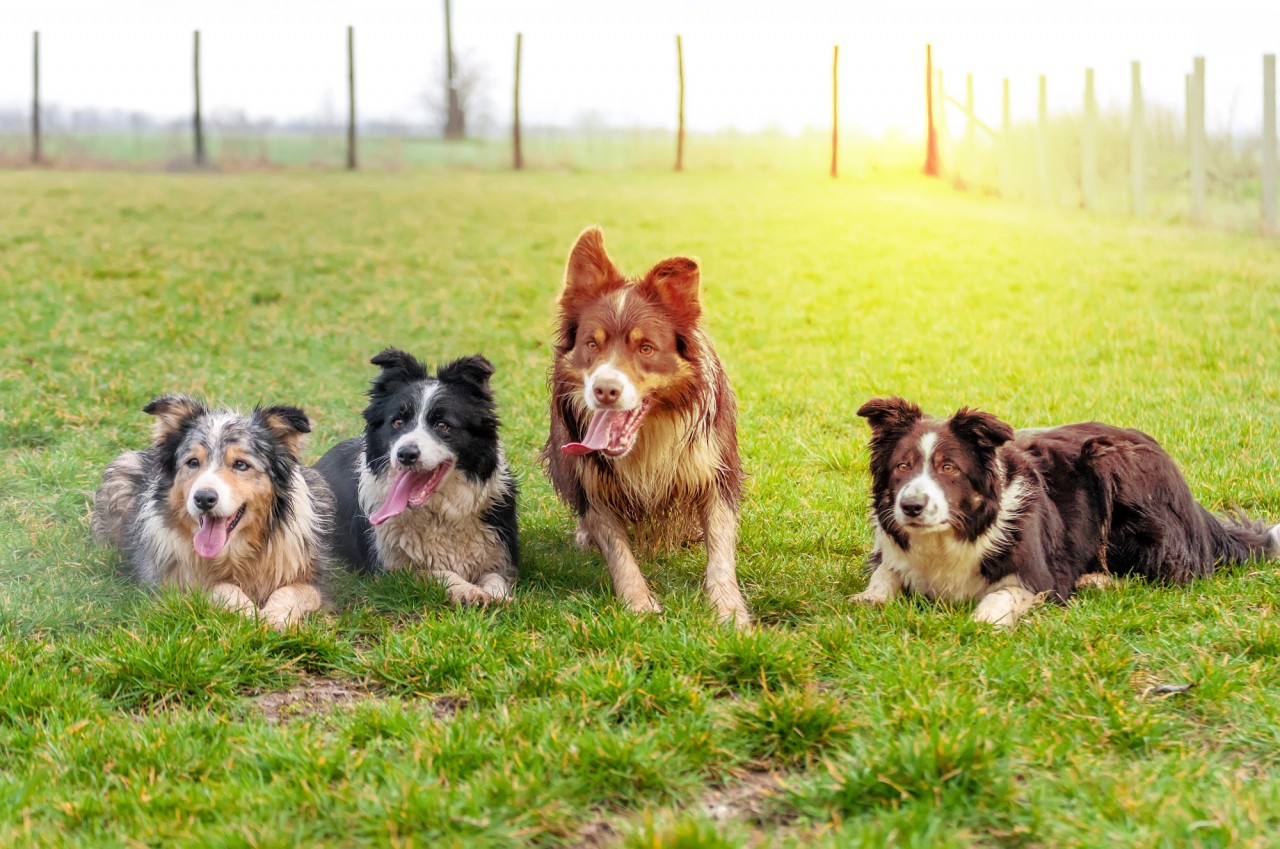Got FOMO? Adding a Second Dog in Training
Adding a second dog to FOMO (fear of missing out) training is no easy task. It requires patience, consistency, and careful attention to your dog's emotional state. One key part of overcoming FOMO is ensuring your dog has solid stationing skills before introducing any distractions. Once your dog is comfortable staying in one spot and can handle being left alone without anxiety, you can begin incorporating a second dog into the training session.
Setting Your Dog Up for Success
Before incorporating a second dog into training, it's important to ensure that both dogs have rock-solid stationing skills. Stationing involves teaching your dog to stay in one place, often with a mat or designated area, while you work with the other dog. This helps prevent your dog from becoming overly excited or frustrated by the presence of another dog. In the beginning, take things slowly and carefully observe your dog's body language. If your dog shows any signs of stress, it's important to step back and reassess.
The Initial Steps of Adding a Second Dog
To begin, I station both dogs and reward them for staying in their spots. This helps them associate staying still with positive outcomes.
In the following video, you'll see how I handle mistakes as they happen. Rise, who is new to stationing, is not as solid as the other dog, Excel, and when he gets off the station, I gently guide him back. This is an important part of the process—ensuring the second dog understands the stationing concept before moving on to more challenging tasks. Excel, the dog on the right, is being trained for FOMO, and you can see how his reaction to Rise's movements is an important focus of the training.
Releasing Dogs on Their Names
Once both dogs are consistently staying in their spots, you can begin releasing them one at a time using their names. This teaches them to focus on you and not become overly distracted by the other dog. When releasing a dog, I immediately reward the dog that comes off the station and then reward the dog that remains on their station. I use the reinforcement cue "ground" for the stationed dog, and they understand that they should stay in place while I reward them.
Notice that I use body language and verbal cues to ensure the dogs know who the reward is for. This is crucial to avoid confusion between the dogs. My dogs are well-trained to understand that when they are stationed, they should wait for me to come to them with a treat. Even if I switch reinforcement cues, they know whether I'm rewarding them for staying or for coming when called.
As you watch Excel's body language in the video, you can see that he begins to get restless. This is a sign that the session may be getting too difficult for him, so I keep the training session short to ensure success. If a dog is struggling, it's important to reduce the difficulty level or end the session to prevent frustration.
Training a Less-Experienced Dog
Let's take a look at how the training process changes when working with a less experienced dog. In the next video, I work with Rise, who is only about four months old and has only had a few training sessions on stationing. This is his first time working with another dog (Excel) in the mix.
At first, Rise shows signs of hesitation, but after I reward him for staying on the station, he starts to relax and makes good decisions. When I release him using his name, he hesitates for a moment but then comes to me. I reward him for this and immediately reward Excel for staying on the station. This back-and-forth helps teach both dogs the value of staying put, even when the other dog is getting attention.
Notice how I reinforce good choices, such as Rise choosing to lie down on his own. This is a behavior I want to encourage, as it shows he's beginning to relax and feel comfortable during the session. It's important to keep the focus on rewarding calm, positive behavior to prevent anxiety and stress from building up.
Keeping Sessions Short and Rewarding Good Choices
As the training session progresses, I continue to reward both dogs generously for staying on their stations. In this video, you'll see that I stay close to Rise's station to ensure he gets rewarded quickly for staying put, which helps keep him motivated and engaged.
Rise starts to show some signs of struggling as the session goes on, but he does really well overall. This is a tough situation, especially for a puppy who is new to the training process. By keeping sessions short and rewarding frequently, I set both dogs up for success.
Final Thoughts
Incorporating a second dog into training while addressing FOMO requires careful observation, patience, and a focus on rewarding calm, positive behavior. With each session, you'll build your dog's ability to handle distractions and feel more comfortable in the presence of another dog. By starting slowly, reinforcing good choices, and keeping training sessions short and enjoyable, you can help your dog manage their FOMO and improve their focus and self-control.
By watching for signs of stress and adjusting the training to fit your dog's comfort level, you'll ensure that both dogs progress at their own pace and experience success in a distraction-filled environment.
By accepting you will be accessing a service provided by a third-party external to https://www.fenzidogsportsacademy.com/
